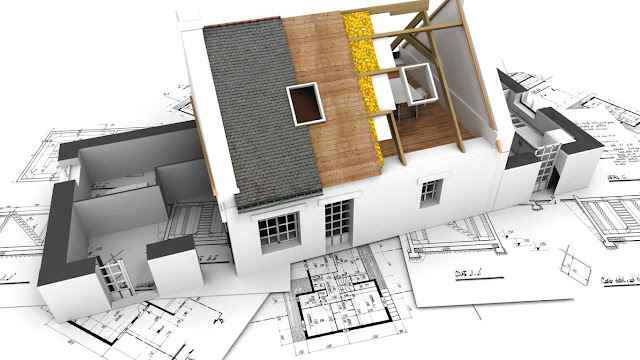For reducing design errors, wastage and cost of a construction project, design and construction professionals have to simply take necessary steps during preconstruction or during early design phase. The main step which can be taken towards the reduced amount of design errors, material wastage and cost of the project is always to implement Building Information Modeling. BIM may be the right solution of all the construction related conditions that come in front of architects, engineers, fabricators and contractors during project lifecycle. By adopting and implementing BIM services, all sorts of construction management activities can be executed effectively.
BIM which showcases the physical and functional characteristics of an upcoming building digitally, utilize crucial building data for streamlining the complete process. Digital design designed for architecture, structure and MEP, helps in the effective understanding of design intent. Accuracy of design enhances when it's represented with the assistance of 3D models, as possible examined efficiently in 3D by AEC professionals. Each element could be reviewed effortlessly with the help of sophisticated project review tools and project outcome may be foreseen.
Digital models contain information about building's design, construction, sustainability etc and schedules. which may be used for various purposes by architects, engineers, owners and contractors. Whenever a project is reviewed, design and construction details and also other important information are analyzed for predicting outcomes. Consequences of the design on the productivity of the project are thoroughly studied and its email address details are utilized for increasing profitability. For example , if AEC professionals can enhance the productivity by making changes in the look, they quickly opt for it. BIM allow design and construction professionals to speculate and foresee the results of applying top quality tools and procedures in final construction. BIM allow AEC professionals to know beforehand the impact of applying high end technology in construction and what measures ought to be taken by them for escalating the productivity.
For reducing design error, clash detection process is followed which allow AEC professionals to compare elements of the latest models of for analyzing the existence of problem between them. Basically two types of clashes are discovered during clash detection, soft clashes and which are hard clashes. Hard clashes refer to the clashes wherein elements overlap each other with regard to acquiring same location. Alternatively soft clashes are those clashes when distance between two elements reduces to a great extent. In this case elements do not overlap but they can still create design problems.
When all such problems are solved, design errors can be paid down which can reduce budget overruns as well. For reducing wastage, construction professionals have to utilize quantity takeoffs due to which materials could be ordered in correct quantities leading to decrease in wastage.

No comments:
Post a Comment